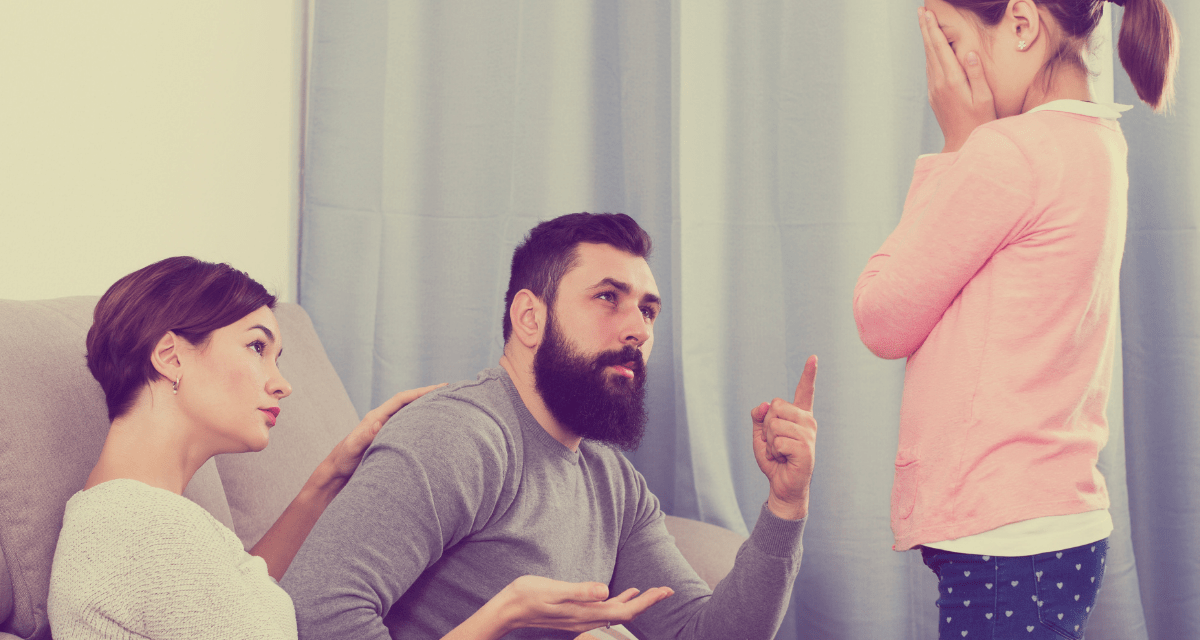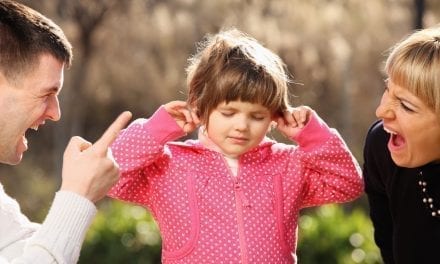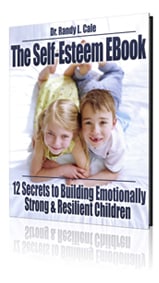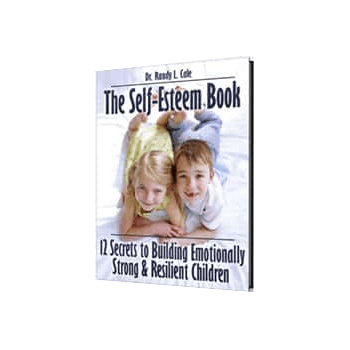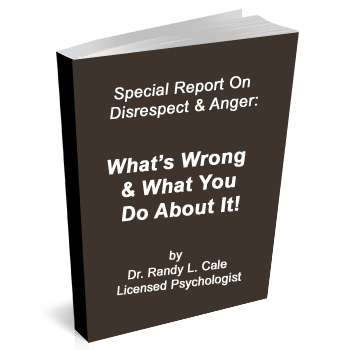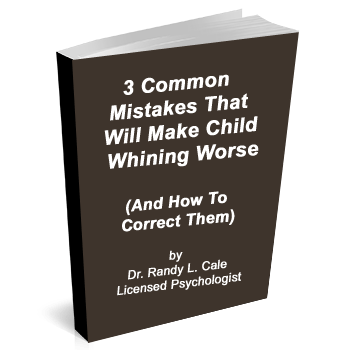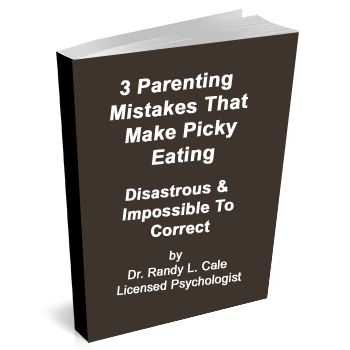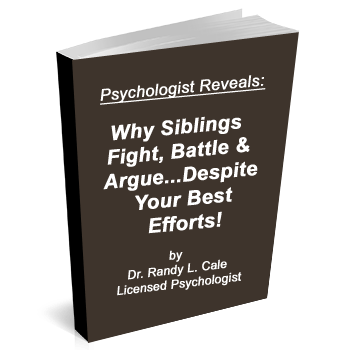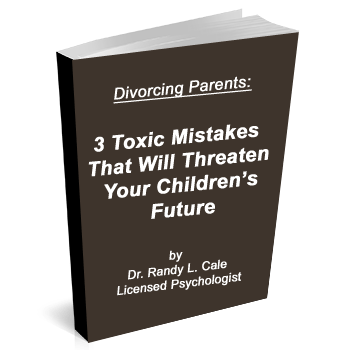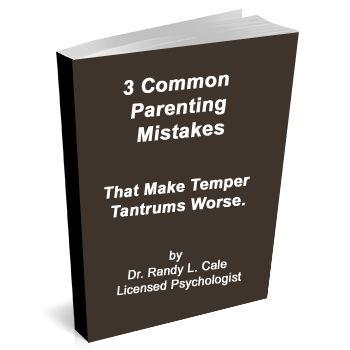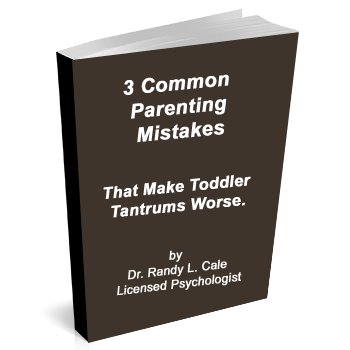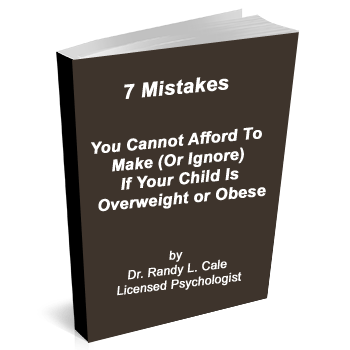Part 1 of 2 – Read the 2nd part here
There are several mistakes that parents and caretakers make, which heighten anxiety and expand fearful thinking, even when these well-intentioned providers are working hard to do the opposite. In fact, much of the effort to reduce anxiety actually contributes to MORE ANXIETY. Without a clear understanding, our efforts to help are often making things worse.
This week presented a wonderful example of parents who were struggling with their daughter, who was having frequent panic attacks. Within two weeks of making changes, these panic moments went from several per day to two in the last week.
This dramatic change occurred because mom and dad stopped contributing to these moments and instead allowed their daughter more opportunity to learn to find her way through these moments. Not all children have such changeable anxiety, and at times other interventions are required, such as Neurofeedback or counseling.
However, it is critical to understand that such rapid change is often possible, particularly for younger children. We must shift our perspective. For many of you, it can appear as if you just rescued your child from an anxious moment when you try to help again and again. Yet, this is an illusion, as the parents above realized.
Anxiety is Not Serving Your Child
Most of the ‘fears’ that children bring to my office are not based on reality. In other words, the child is afraid of something that has never happened to them, or they are worried about something that, in reality, presents no tangible threat to their future.
Their thoughts are producing very real emotions. Their anxiety is quite real. This is all true. However, the thought behind the emotion is not based in reality, and more importantly, that thought is not functional. That anxious thought does not serve them or protect them in any way.
Thus it is critical to understand how your responses can shape how attached your child gets to those anxiety-producing thoughts that can be torturous! Let’s explore two common mistakes, which actually disable children over time by escalating their anxiety.
Mistake 1: Modeling Anxious and Fearful Thinking
Some of us are wired to be a bit more worrisome by nature. This is just the way it is, and the current pandemic has not helped. However, the secret to keeping these ‘worry’ thoughts under control is more within our grasp than it appears.
Anxious or worried thoughts feed on our attention and repetition. The more energy and attention we give to them, the more they show up. The more we ‘believe’ them, the stronger they get. The more we discuss them, the more they haunt us. (This is true for adults and children.)
For our children, however, the effect of our anxious thinking can be more detrimental to them than it is for us. This is particularly true when children are young and when we allow those anxious thoughts to filter into our parenting behavior. It is rare to see a calm, relaxed child raised by an anxious, worried parent who is constantly asking the questions that raise fear and concern for the child.
Solution: Make it extraordinarily painful to be a parent adding to your child’s stress. Imagine your child carrying around a backpack, available at all times to carry more weight. You don’t want to ‘weigh’ them down, of course.
But then, further, imagine that every unnecessary anxious comment from mom or dad is like adding a penny to that pack. For many of you, you add twenty or thirty of these pennies a day and never pause to consider the impact of this.
I am encouraging you to pause and reconsider all those personal comments that flow from an anxious or fearful state of mind and keep them mute. Forever. Will you perhaps need help in this endeavor? Likely, but for today, I can only say please stop.
If I had a magic wand, I would wave it over you and have you focus on what is good, positive, and constantly uplifting while devoting minimal attention to thoughts of low probability fears and worries. (But of course, I have no magic wand, so there is still real work to be done.)
Mistake 2: Treating Anxiety Like a ‘Thing’ Vs. a Process
When we label a child’s reaction as anxiety, we perform a mystical transformation. We turn the consequence of anxious thinking into a thing or entity (i.e., anxiety).
Of course, the feelings that we call anxiety are real.
However, we deceive ourselves when we think of the feelings as the defined ‘thing.’ That is the problem. The feelings are the result of the problem thinking. Also, the feelings are a pointer to the source of the problem: anxious and fearful thoughts!
The anxiety your child feels is like the caboose of the train; it’s at the end of a train of thoughts.
Why is this important? Because ‘the caboose’ cannot change where the train is headed! The power is in shifting the train of thought, and then the anxious feelings will automatically change.
Key Point: When we discuss ‘anxiety’ without attention to the anxious thinking, our children have no sense of control. Anxiety is not set in stone. It is constantly changing the inner process. It is, in fact, mostly determined by the thoughts that precede it.
Solution: Focus on the thoughts that come first before the anxiety! Your child can quickly learn to ‘tune’ into these. We want to focus them on what is changeable and within their control. Again, the changeable is the anxious or fearful thoughts.
There is a very powerful question you can learn to ask your child when a fearful thought is expressed. Simply ask, ‘Can you know that your thought is really true?’ In about 99.9% of the thoughts we have, we cannot know the truth of what is driving us crazy. Thus, it is good for your child to begin to understand this.
With our children, we need to address their anxious thinking and try to avoid the labeling of their moments as ‘anxiety.’ They have no idea of what to do with the anxious feelings. However, you can, with a little awareness, help them change their thoughts and use your influence to reduce their anxiety. Next week, we will cover the seemingly magic change the parents made above that virtually eliminated their child’s anxiety.
Please note: This article should not be construed as a substitute for getting professional help if your child is exhibiting signs of anxiety. Please check with your pediatrician or a mental health practitioner if you have questions.
Part 1 of 2 – Read the 2nd part here

